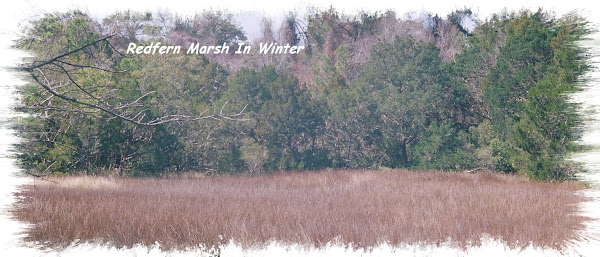...the Wanderling
The word shaman, used internationally, has its origin in manchú-tangu and has reached the ethnologic vocabulary through Russian. The word originated from saman (xaman), derived from the verb scha-, "to know", so shaman means someone who knows, is wise, a sage. Further ethnologic investigations shows that the true origin for the word Shaman can be tracked from the Sanskrit initially, then through Chinese-Buddhist mediation to the manchú-tangu, indicating a much deeper but now overlooked connection between early Buddhism and Shamanism generally. In Pali it is schamana, in Sanskrit sramana translated to something like "buddhist monk, ascetic". The intermediate Chinese term is scha-men. (source)
- Shamans are individuals with the ability to heal, work with earth energies and 'see' visions.
- A Shaman can be, but are not always, a Medicine Man or Medicine Woman. There are also those who practice Shamanism pulling their power from the dark side called, among other things Diablero, brujo, and sorcerer.
- The essential characteristics of Shamans are mastery of energy and fire as a medium of transformation.
- A Shaman may exhibit or concentrate on a particular specialty - such as control over fire, wind, magical flight, shape shifting, or divination using stones, bones and other items --- usually used in conjuction with a Shaman's circle.
- In contemporary, historical or traditional shamanic practice the Shaman may at times fill the role of Medium, Priest, Magician, Metaphysician or Healer. Personal experience is the prime determinant of the status of a Shaman. For the most complete and comprehensive exploration on the internet of all those roles of a Shaman as well as others see Shamans and Shamanism, by Jose Maria Poveda, translated into english from his book Chamanismo.
- As mentioned above, the term 'Shaman' comes to the English language from the Tungu language via Russian. Among the Tungus of Siberia it is both a noun and a verb. While the Tungus have no word for Shamanism, it has come into usage by anthropologists, historians of religion and others in contemporary society to designate the experience and the practices of the Shaman. Its usage has grown to include similar experiences and practices in cultures outside of the original Siberian cultures from which the term Shaman originated, even to backtracking its use historically. For example, when applied to the healing and spiritual parctices of indigenous cultures long eradicated in the mists of time such as the early European tribes.
There seems to be for many, a great amount of confusion with the use of, and the mixing up of, what a Shaman is or isn't and what Shamanism is or isn't in relation to certain spirituality aspects of Native Americans and other North American indigenous cultures. A clarification of much of what that controversy involves is explored and discussed at length in a paper titled:

WE DO NOT HAVE SHAMANS
The Case Against "Shamans" In the
North American Indigenous Cultures
- The distinguishing characteristic of Shamanism is its focus on an ecstatic trance state called State of Flow in which the soul of the Shaman is believed to leave the body and ascend to the sky (heavens) or descend into the earth (underworld).
- It is a commonly held belief that Shamans in their practice make use of spirit helpers called Familiar Spirits with whom he or she communicates, all the while retaining control over his or her own consciousness. So too, the same is said of the Shaman and the use of an Ally.
- The ability to consciously move beyond the physical body is the particular specialty of the traditional Shaman. These journeys of Soul may take the Shaman into the nether realms, higher levels of existence or to parallel physical worlds or other regions of this world.
Shamanic Flight, is in most instances NOT an experience of an inner imaginary landscape, but IS the Shaman's flight beyond the limitations of the physical body and it's ability to fly. (see)
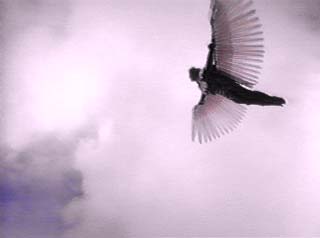
THE ZEN-MAN FLIES
(click)
- While most Shamans in traditional societies are men, there are women Shamans as well, going under a variety of words and terms from Curandera, to Bruja, to Medicine Woman, to Shaman, to She-shaman.
- Traditional Shamans developed techniques for lucid dreaming and what is today called the 'out-of-the-body experience'.
- These methods for exploring the inner landscape are being investigated by a wide range of people. Some are academics, some come from traditional societies and others are modern practitioners of non-traditional Shamanism or neo-Shamanism. Along with these techniques, the NDE or Near Death Experience have played a significant role in shamanic practice and initiation for millenia.
- Shamanism is classified by anthropologists as an archaic magico-religious phenomenon in which the Shaman is the great Master of Chaos Magic. In most tribal myth collections the Shaman is often intertwined with a remarkable joker, a jester of sorts, who is at the same time a serious figure, a transformer of the world, or a culture hero called the Trickster.
- There is extensive documentation of this in ethnographic studies of traditional Shamanism. With this renewed interest in these older traditions these Shamanic methods of working with dreams and being conscious and awake while dreaming are receiving increased attention.
- As noted in this article, the 'call' to Shamanism is often directly related to a Near Death Experience by the prospective Shaman. Among the traditional examples are being struck by lightening, a fall from a height, a serious life-threatening illness or lucid dream experiences in which the candidate dies or has some organs consumed and replaced and is thus reborn. Survival of these initial inner and outer brushes with death provides the Shaman with personal experiences which strengthen his or her ability to work effectively with others. Having experienced something, a Shaman is more likely to understand what must be done to correct a condition or situation.
- Post-Shamanic: While shamanism may be readily identified among many hunting and gathering peoples and in some traditional herding societies, identifying specific groups of individuals who might be called Shamans is a difficult task in more stratified agricultural and manufacturing based societies. A society may be said to be Post- Shamanic when there are the presence of Shamanic motifs in its traditional folklore or spiritual practices indicate a clear pattern of traditions of ascent into the heavens, descent into the nether- worlds, movement between this world and a parallel Otherworld, are present in its history.
- Such a society or tradition may have become very specialized and recombined aspects of mysticism, prophecy and Shamanism into more specialized or more "fully developed" practices and may have assigned those to highly specialized functionaries. When such practices and functionaries are present or have replaced the traditional Shamans found in historical or traditional Shamanism the use of Post-shamanic is appropriate.
- Knowledge of other realms of being and consciousness and the cosmology of those regions is the basis of the Shamanic perspective and power along with the ability to create White Light Shields to ward off predatory inorganic and other negatives.
- With this knowledge, the Shaman is able to serve as a bridge between the mundane and the higher and lower states.
- Few indeed have the stamina to adventure into these realms and endure the outer hardships and personal crises that have been reported by or observed of many shamans. Carlos Castaneda who, under the Yaqui Indian Shaman-sorcerer Don Juan Matus, wrote close to a dozen books outlining his harrowing experiences and adventures that outlined just such hardships as he rose from apprentice to full-fledged Shaman. Castaneda, as well as his teacher, Don Juan, and Don Juan's teacher Julian Osorio and his teacher's teacher Elias Ulloa, had equally harrowing experiences, including Near Death Experiences and meeting the inorganic being the Death Defier.
- A major aspect of the Shaman often overlooked as to its potential is the Power of the Omen. According to Castaneda "When a shaman-sorcerer interprets an omen he knows its exact meaning without having any notion of how he knows it. This is one of the bewildering effects of the connecting link with intent. Sorcerers have a sense of knowing things directly. How sure they are depends on the strength and clarity of their connecting link."

ROSWELL: 1947
THE UFO PAGE WITH THE SNAPPY ENDING

OBEAH: SHAMAN-SORCERER
OCCULT, BLACK ARTS, OR IMPLEMENT OF GOOD?
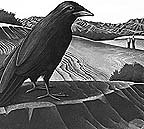
THE BEST OF
CARLOS CASTANEDA
<<< PREV ---- LIST ---- NEXT >>>

SHAMANISM WEB CIRCLE
TALON AND SCRATCH MARKS OF THE GIANT BIRD
Click here to see: MIDEWIWIN: Secret Ojibwa Medicine Society
Click here to see: ZEN, THE BUDDHA, AND SHAMANISM
Click here to see: OBEAH: Afro-Caribbean Shamanism
Click here to see: Shamanic Trance States
Click here to see: Cloud Shamans
CATCHER

SITE
With some minor editing most of the above was provided through the graceful services of:
CRYSTALINKS
Le Chamanisme et les Techniques Archa Ðques de L'extase, 1951
(Shamanism: Archaic Techniques of Ecstasy)
MIRCEA ELIADE
Dear Reader, please do not assume that you understand anything you read on this blog.(:-)
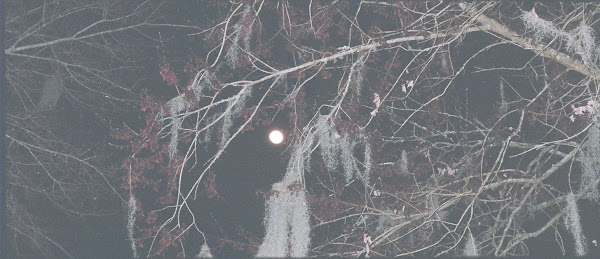

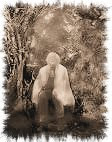.jpg)

.jpg)
.jpg)
